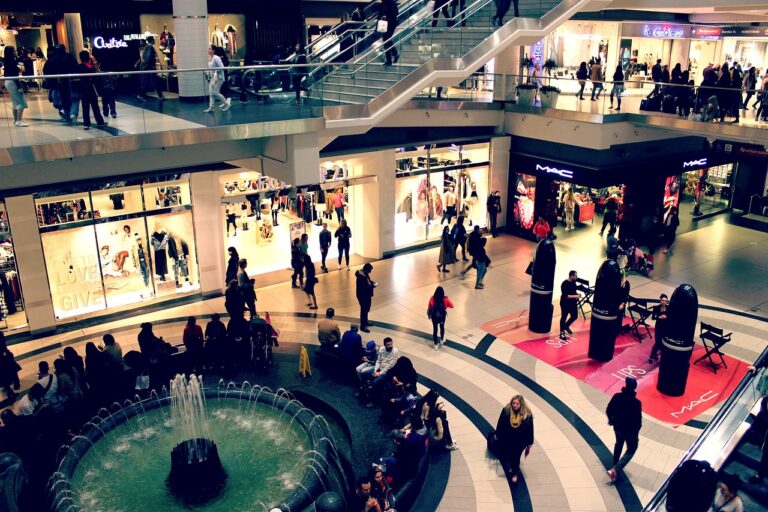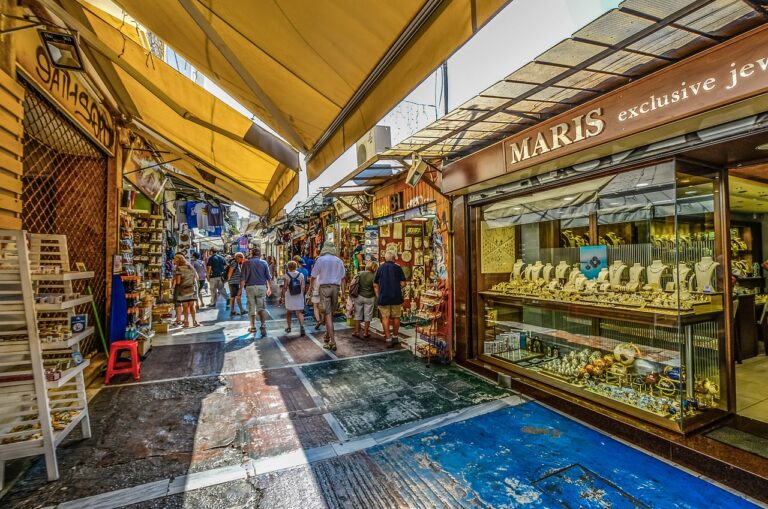Reinventing the Shopping Mall Experience for the Digital Age
Shopping malls have transformed over the years from simple retail spaces to extravagant entertainment hubs. In the past, shopping malls primarily consisted of stores and food courts, but now they boast fitness centers, movie theaters, and even amusement parks. This evolution has been driven by the desire to provide consumers with a one-stop destination for all their needs, making shopping malls a popular choice for not just shopping, but also leisure and entertainment.
The concept of a traditional shopping mall is constantly evolving with the integration of technology. Smart malls are now equipped with features like smartphone apps for navigation, interactive digital signage, and even virtual reality experiences within stores. These technological advancements have revolutionized the way shoppers interact with malls, making their visits more convenient and engaging. As shopping habits continue to shift towards online shopping, integrating technology is crucial for shopping malls to stay relevant and attract customers.
Embracing Technology in Retail Spaces
Retail spaces have rapidly adapted to the digital age by leveraging technology to enhance the overall shopping experience. From interactive touchscreens to virtual reality fitting rooms, these innovative tools aim to captivate customers and drive sales. By incorporating such tech-savvy features, retailers are able to create a more personalized and immersive environment that resonates with the modern consumer.
Furthermore, the integration of mobile apps and beacon technology has revolutionized the way retailers engage with their customers. Through targeted notifications and personalized offers, businesses can effectively reach shoppers in real-time, guiding them towards products that match their preferences. This seamless blend of online and offline shopping experiences not only increases customer satisfaction but also fosters brand loyalty in an increasingly competitive market.
Enhancing Customer Engagement through Digital Tools
With the ever-growing presence of technology in our daily lives, it comes as no surprise that retail spaces have also embraced digital tools to enhance customer engagement. From personalized shopping experiences to seamless online shopping integration, digital tools have revolutionized the way businesses interact with their customers. These tools allow retailers to gather valuable insights into consumer behavior and preferences, enabling them to tailor their offerings to meet the specific needs of their target audience.
Furthermore, digital tools provide customers with a seamless and convenient shopping experience, whether in-store or online. Features such as virtual try-on technology, interactive displays, and personalized recommendations offer a more personalized and engaging experience for shoppers. By leveraging these tools effectively, retailers can not only attract new customers but also retain existing ones by building stronger relationships and fostering loyalty through enhanced customer engagement.
• One of the key benefits of using digital tools in retail spaces is the ability to gather valuable insights into consumer behavior and preferences.
• Personalized shopping experiences, virtual try-on technology, interactive displays, and personalized recommendations are just some of the features that enhance customer engagement.
• Digital tools help retailers attract new customers while also retaining existing ones by building stronger relationships and fostering loyalty.
How have shopping malls evolved over time?
Shopping malls have evolved from traditional retail spaces to modern shopping destinations that offer a mix of entertainment, dining, and retail experiences.
How can retail spaces embrace technology to enhance customer engagement?
Retail spaces can embrace technology by implementing digital tools such as interactive kiosks, mobile apps, and virtual reality experiences to provide customers with a seamless shopping experience.
How do digital tools enhance customer engagement in retail spaces?
Digital tools enhance customer engagement by providing personalized recommendations, interactive shopping experiences, and convenient ways to make purchases.
What are some examples of digital tools that can be used to enhance customer engagement?
Examples of digital tools that can enhance customer engagement include self-checkout kiosks, mobile loyalty programs, virtual fitting rooms, and augmented reality displays.
How can retailers benefit from using digital tools to enhance customer engagement?
Retailers can benefit from using digital tools to enhance customer engagement by increasing customer satisfaction, driving sales, and fostering loyalty among customers.







